Celebrating Hideo Sasaki’s Life and Work
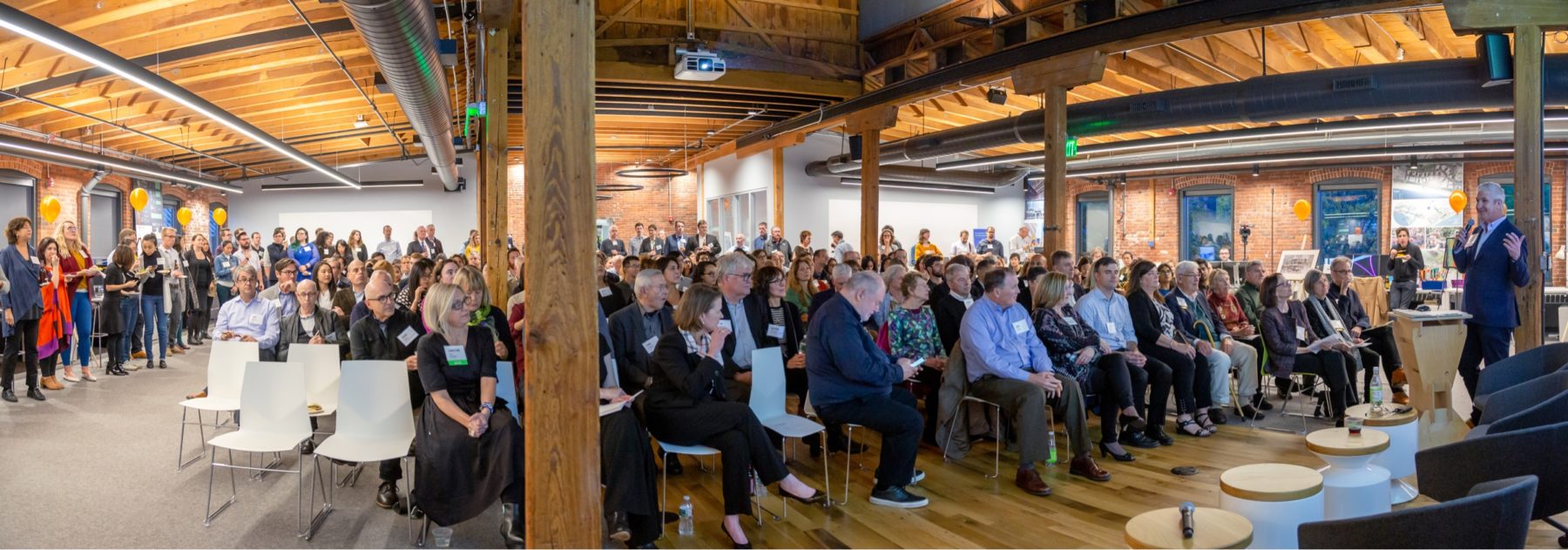
 Sasaki
Sasaki

“Many of the things we love about this firm—the collaboration, the innovative spirit, the values—have always been here. It’s our job to keep it alive,” said Sasaki CEO James Miner to over 300 Sasaki employees, alumni, and friends of the firm gathered in the Incubator at Sasaki on October 17, for a celebration of our founder, Hideo Sasaki. This year marks what would have been his 100th birthday.
Hideo Sasaki was an early pioneer of collaborative, cross-disciplinary design practice in the 1950s, which informed the way today’s broader design industry thinks about how a plan, site, and building all intersect to create a cohesive built design. Many credit what was then a unique way of thinking and working to Hideo’s tenure in academia, heading up the Harvard Graduate School of Design (GSD)’s landscape architecture department from 1958 to 1968. It was while at Harvard GSD that Hideo founded his design practice, where he had students apprenticing and the firm’s work informing design pedagogy at the leading edge of design education.
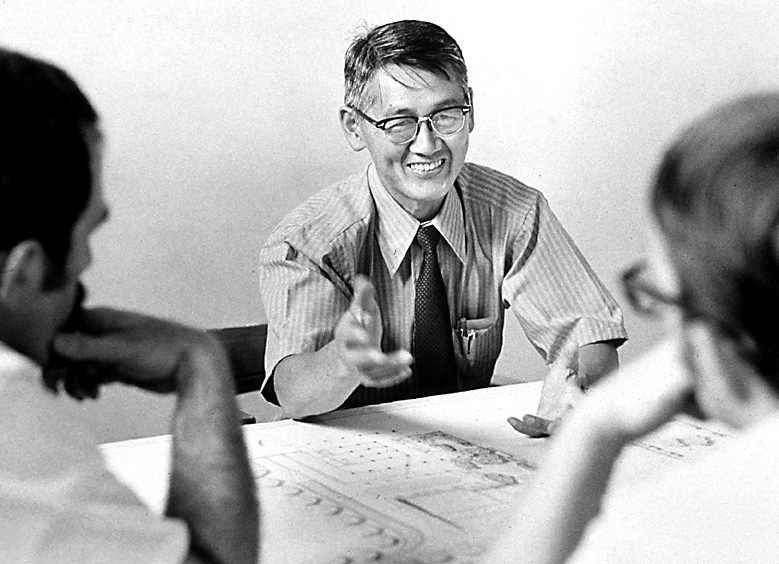
Landscape Architect, Hideo Sasaki, founder of Sasaki
For our celebration of Hideo Sasaki’s 100th birthday, the firm convened peers and friends across industry and academia to honor Hideo’s legacy as a design luminary whose impact on design professions, design education, and the built environment extends far beyond the reaches of the firm(s) he founded. To celebrate Hideo’s life and work, the evening’s celebration centered around presentations by a panel of esteemed designers and academics and an arts auction to fundraise for the Sasaki Foundation, a 501(c)3 organization founded in Hideo’s memory 20 years ago. The event raised $30,000 through ticket and auction sales—enough to fund two design research grants in 2020.
The Sasaki Foundation carries on the spirit of bringing academic and professional practice together to problem-solve design issues. Since bringing on Executive Director, Alexandra Lee, in 2017, the Foundation has crystallized its mission and amplified its ambition: to broaden the access and reach of design by inviting many voices to the table to tackle challenges around equity, resilience, and diversity. Today, the Foundation annually funds research teams through their Design Grants program. This program allow teams from communities all over Greater Boston, including East Boston, Roxbury, Chinatown and others, to delve into meaningful research that address local solutions to global challenges. The Foundation also curates programs on topics of design, innovation, mobility, climate change, and more at the Incubator at Sasaki, year round.
The firm is a very different place now than when it was founded in 1953, but the spirit of its earliest days lives on. Today, Sasaki is composed of 318 professionals spanning two offices located in Greater Boston and Shanghai, China. In the span of 67 years, the firm has amassed some 800 awards, including firm of the year designations from the APA and ASLA, reinforcing that interdisciplinary design yields strong design. Sasaki’s success can in large part be attributed to the multiplicity of identities present at the firm: Sasakians hail from 30 countries and speak 45 languages, and 51% of the firm’s population identifies as female. The diversity represented within Sasaki’s practice today reflects a continued focus on getting different perspectives to weigh in on designing the spaces and places we all use.
A multitude of panelist and video interviews helped to flesh out the picture of the man who first endeavored to change the way design is practiced to create more contextual built work. The event began with a special interview recorded with Peter (Pete) Walker earlier this fall. Originally a student of Hideo’s at Harvard, Pete began his career working with Sasaki and then formed a partnership shortly thereafter when the firm became known as Sasaki Walker and Associates in 1957. Pete continues to lead a thriving practice today at PWP Landscape Architecture in Berkeley, California.
Following Peter’s remarks, a panel of esteemed contemporaries of Hideo’s and torch-bearers of his legacy—both in design practice and in academia—continued to give form to Hideo as a mentor, friend, teacher, and predecessor. Sasaki Associate Principal and Foundation Secretary, Laura Marett, ASLA, PLA, moderated the panel.
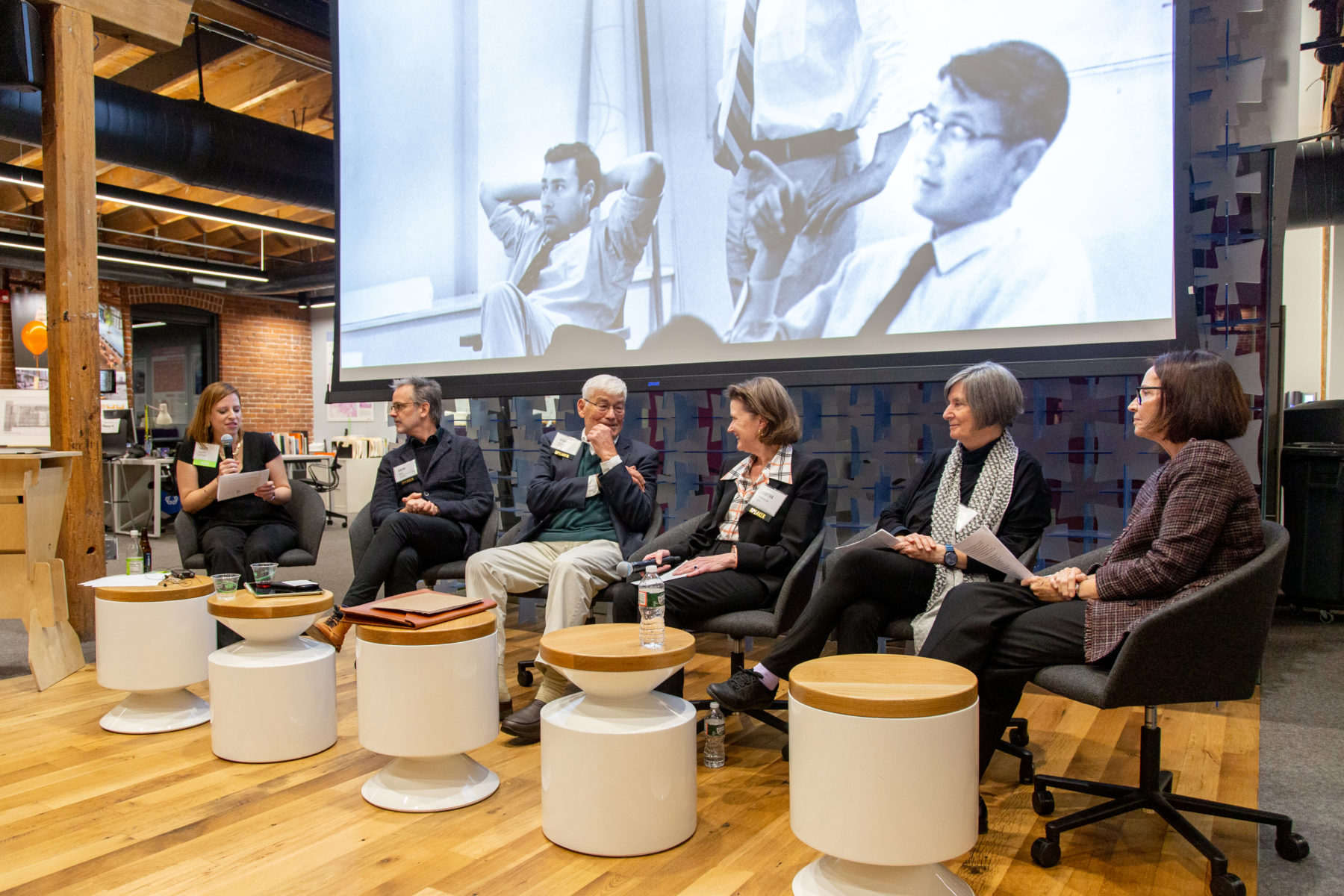
From left to right: Moderator Laura Marett and panelists David Hays, Stuart Dawson, Martha Welborne, Anne Whiston Spirn, and Anita Berrizbeitia
Stuart (Stu) Dawson, FASLA, a revered figure in landscape architecture and an early partner of Hideo Sasaki, shared many memories of working with Hideo. “He had such an incredible capacity not just as a professional, but as a human,” reflected Dawson. To learn more about the early history of this firm, check out this video interview with Stu explaining the early growth of our various offices.
David Hays is the Associate Head of the Department of Landscape Architecture at the University of Illinois at Urbana-Champaign, where Hideo Sasaki went to school and later taught. Hays elaborated on how the university and celebrates Sasaki Day annually in May, inviting a speaker to campus.
Martha Welborne, a nationally recognized leader in urban development and the first female principal at Sasaki, worked with Sasaki in the 1980s as an architect and planner and later went on to lead the Planning and Real Estate Departments at the Los Angeles County Metropolitan Transportation Authority. “When I was at Sasaki, the firm was very open and supportive,” said Welborne. “Anytime you wanted to learn, you could raise your hand. It was always an open door.” Martha is today a Senior Advisor at HR&A.
Anne Whiston Spirn, an author, photographer, landscape architect, and teacher, is the Cecil and Ida Green Distinguished Professor of Landscape Architecture and Planning at MIT. The American Planning Association (APA) named her first book, The Granite Garden: Urban Nature and Human Design (1984), one of the 100 most important books of the 20th century and credited it with launching the ecological urbanism movement.
Anita Berrizbeitia, Chair of the Department of Landscape Architecture at the Harvard GSD, shared that she’s “in awe of the work Hideo did for Harvard’s Landscape Architecture Department during his time as chair.” Berrizbertia researches theories of modern and contemporary landscape architecture. She is widely published and was the recipient of the 2005/2006 Prince Charitable Trusts Rome Prize Fellowship in Landscape Architecture.
If you were unable to join us at the celebration but would like to help support the Sasaki Foundation’s work, please follow this link.
See a full photo recap of the evening below.
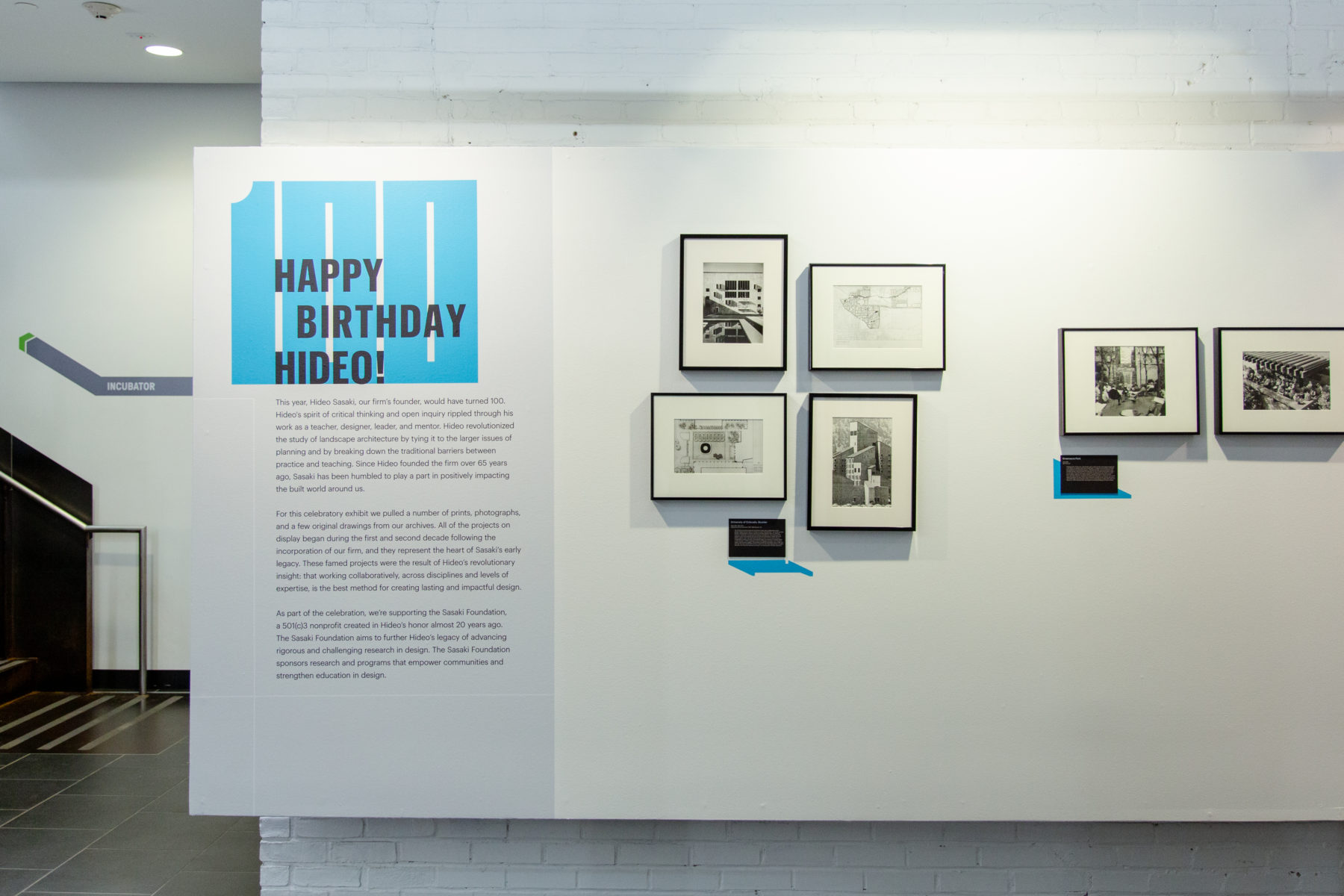
The Sasaki Gallery displayed a series of Sasaki legacy projects pulled from the archives
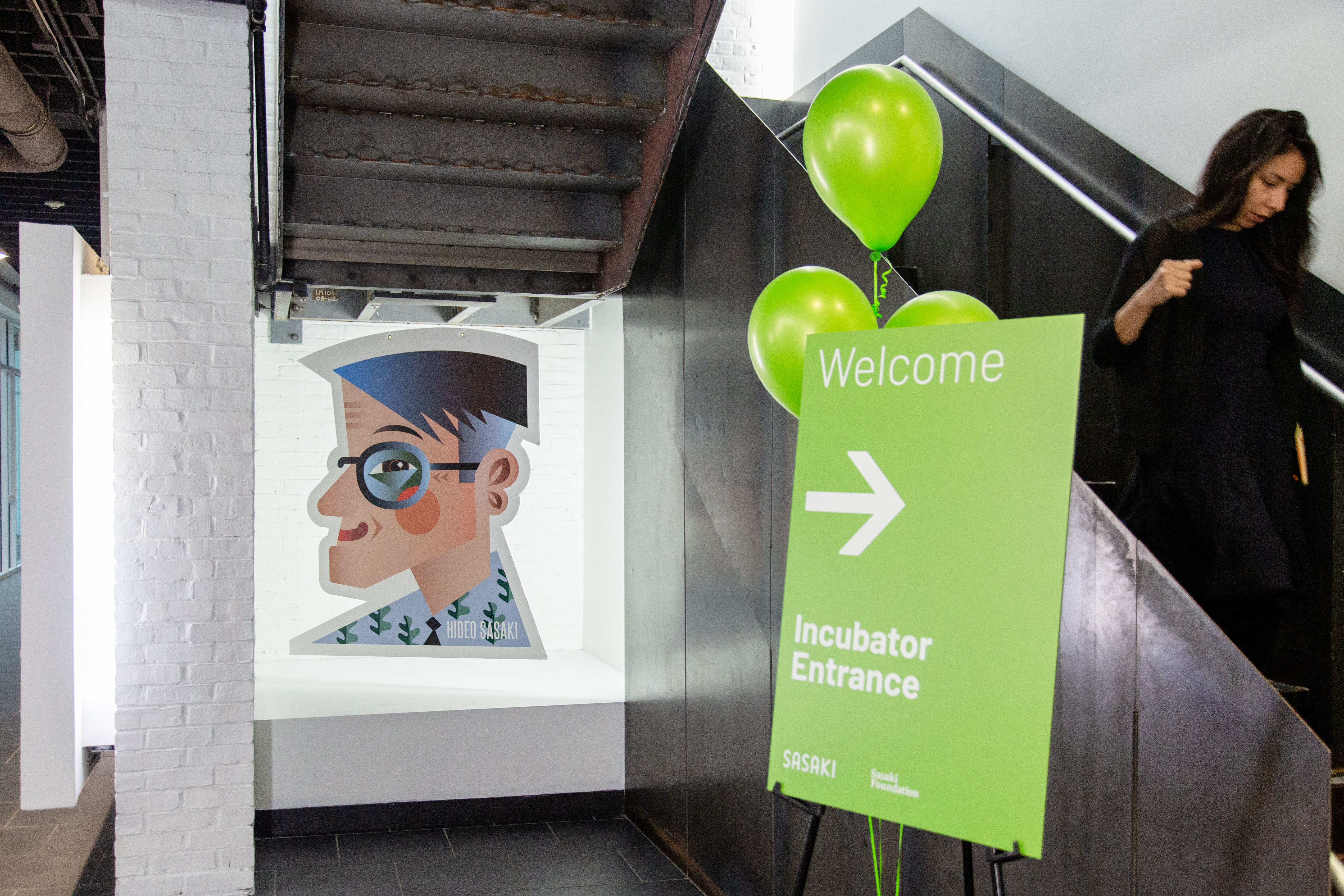

Special edition tote bags, post cards, and mugs were available for purchase to benefit the Sasaki Foundation
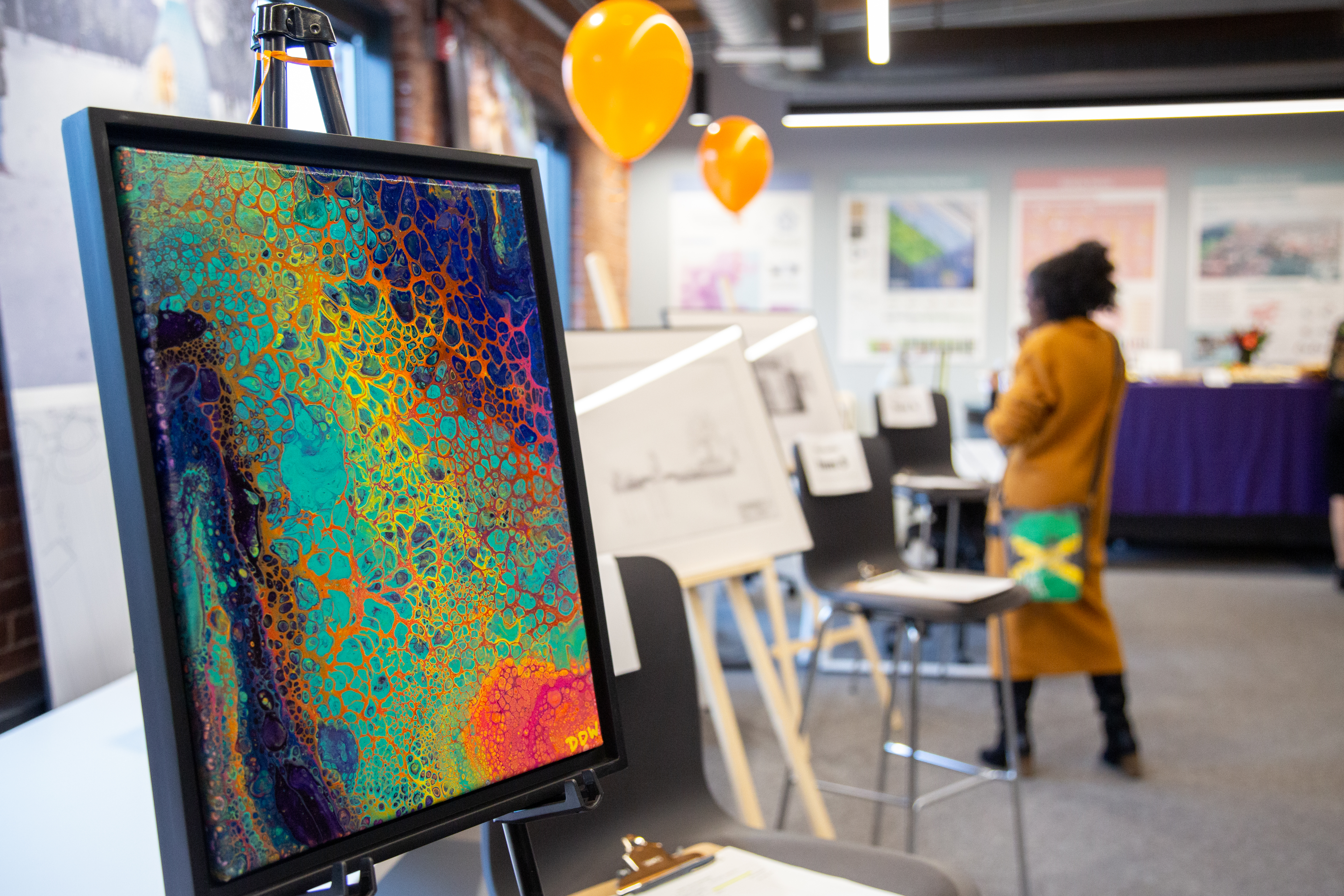
Sasakians donated original artwork for a silent auction
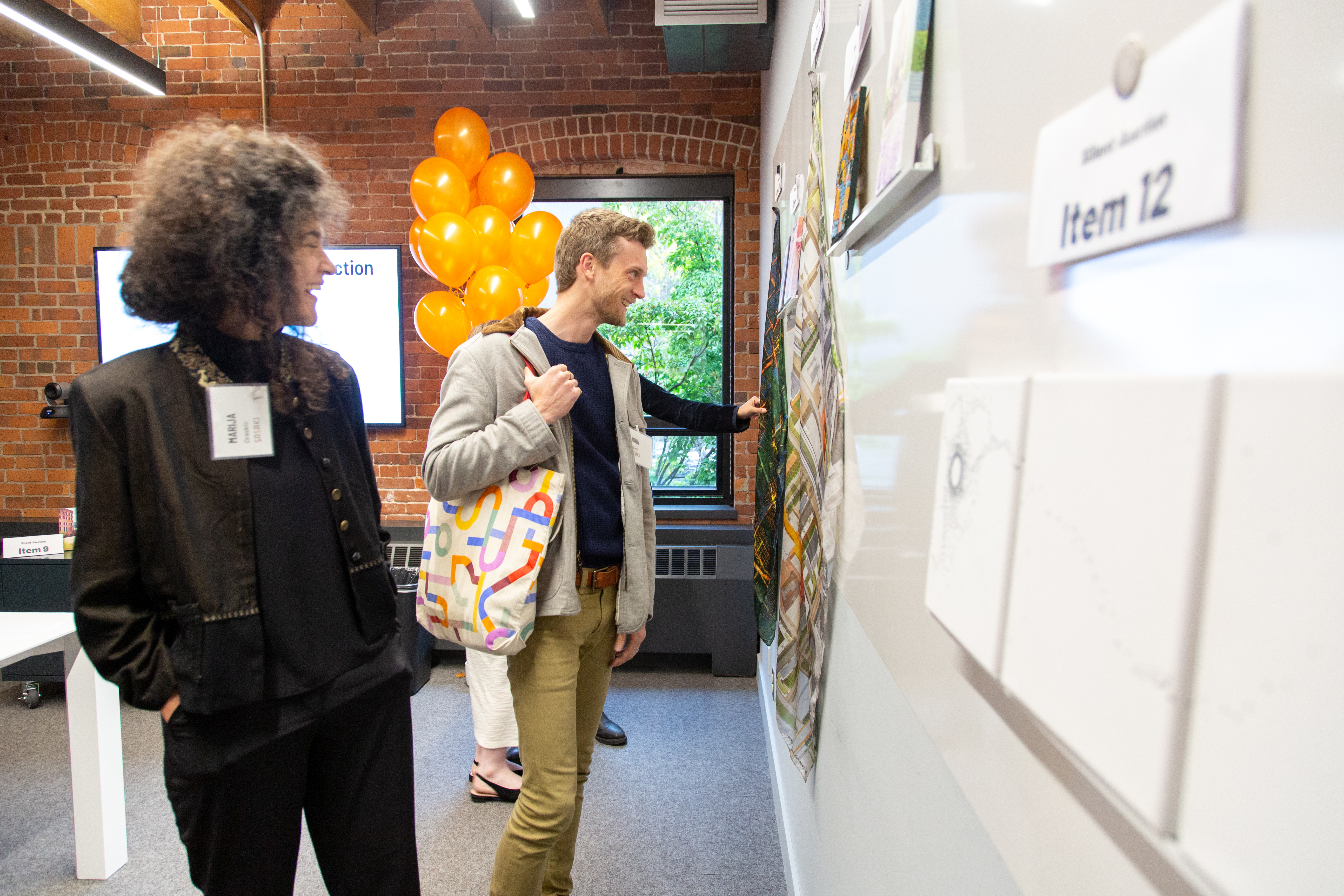
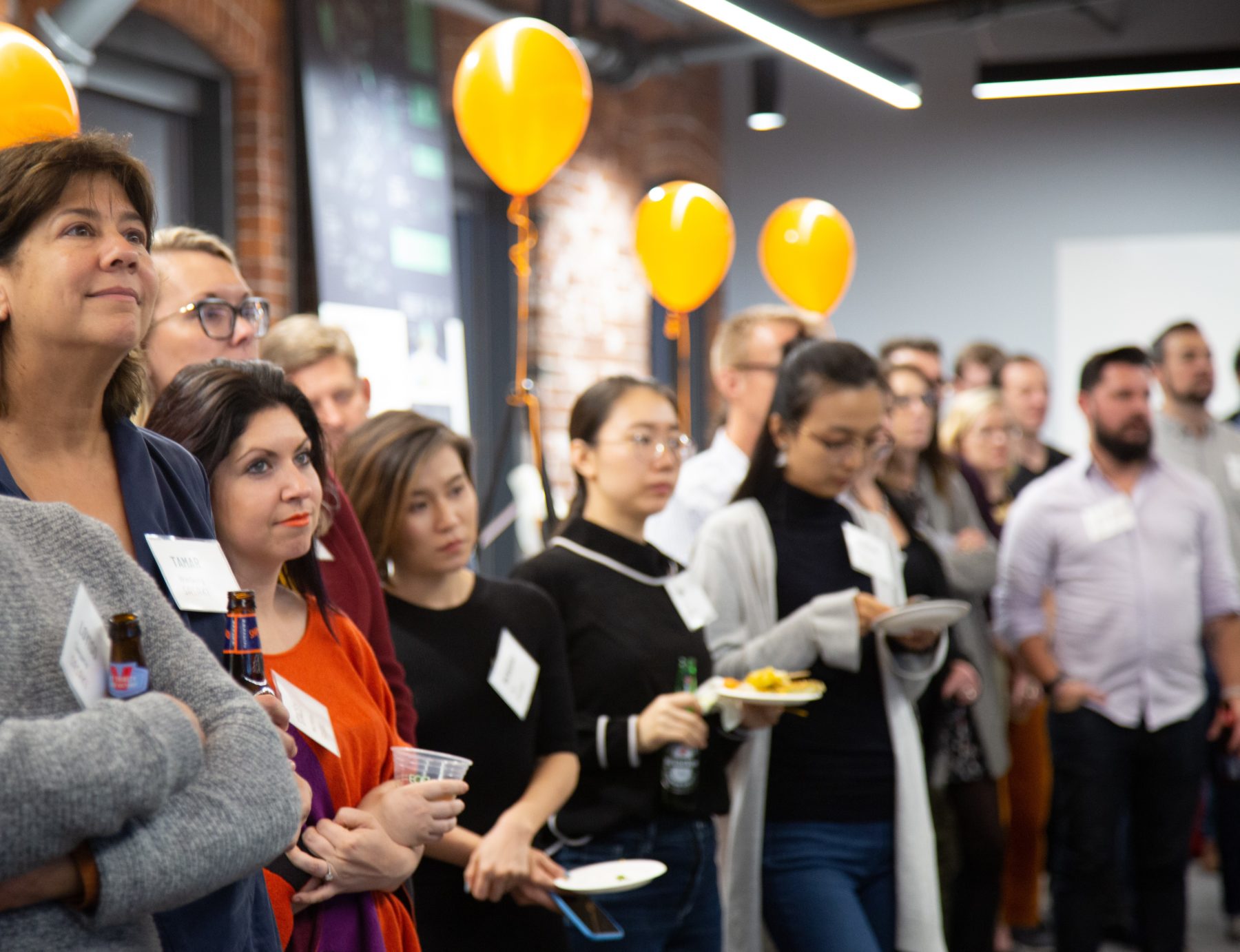
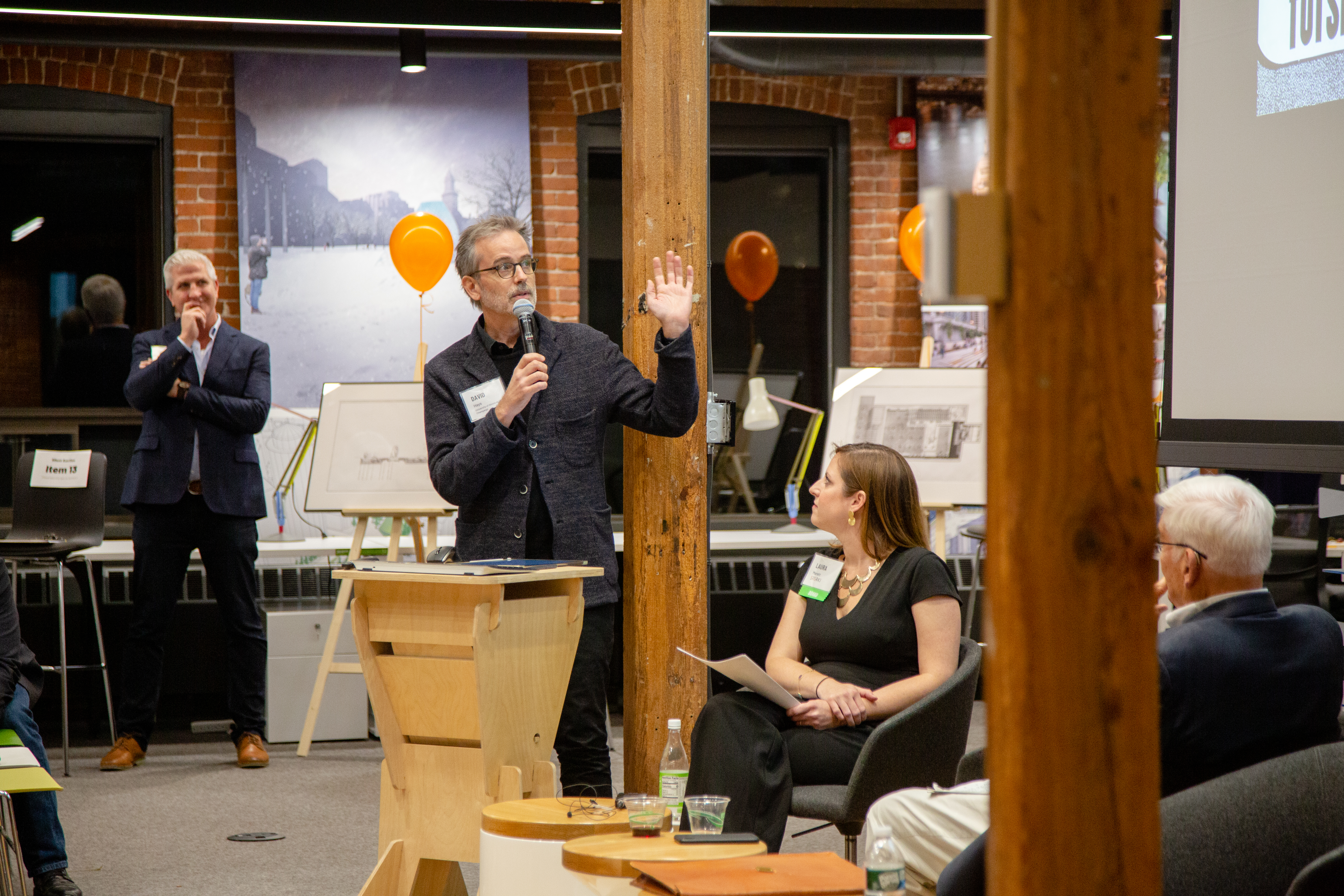
David Hays, Associate Head of the Department of Landscape Architecture at the University of Illinois at Urbana-Champaign
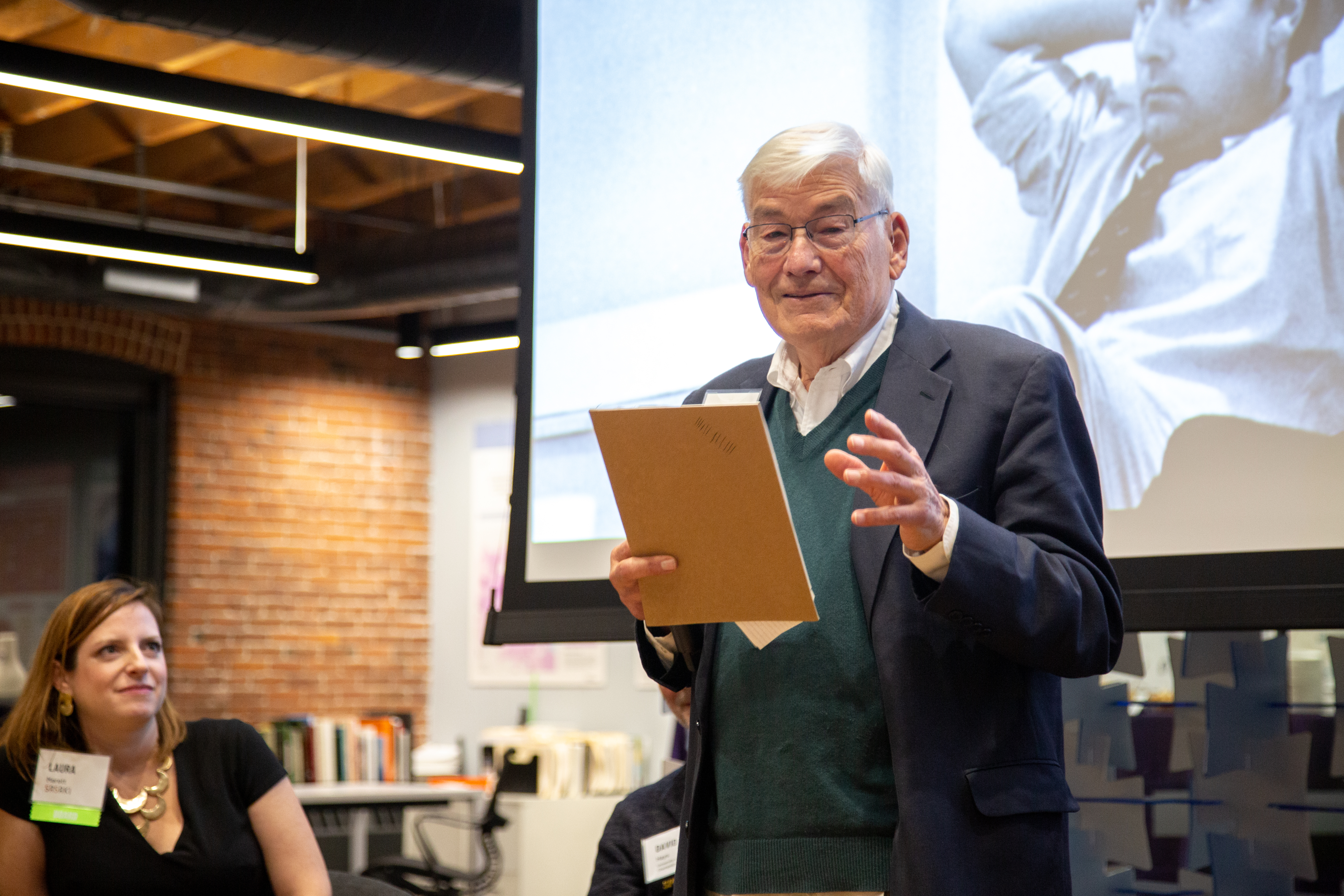
Stuart (Stu) Dawson, FASLA, early partner of Hideo Sasaki’s
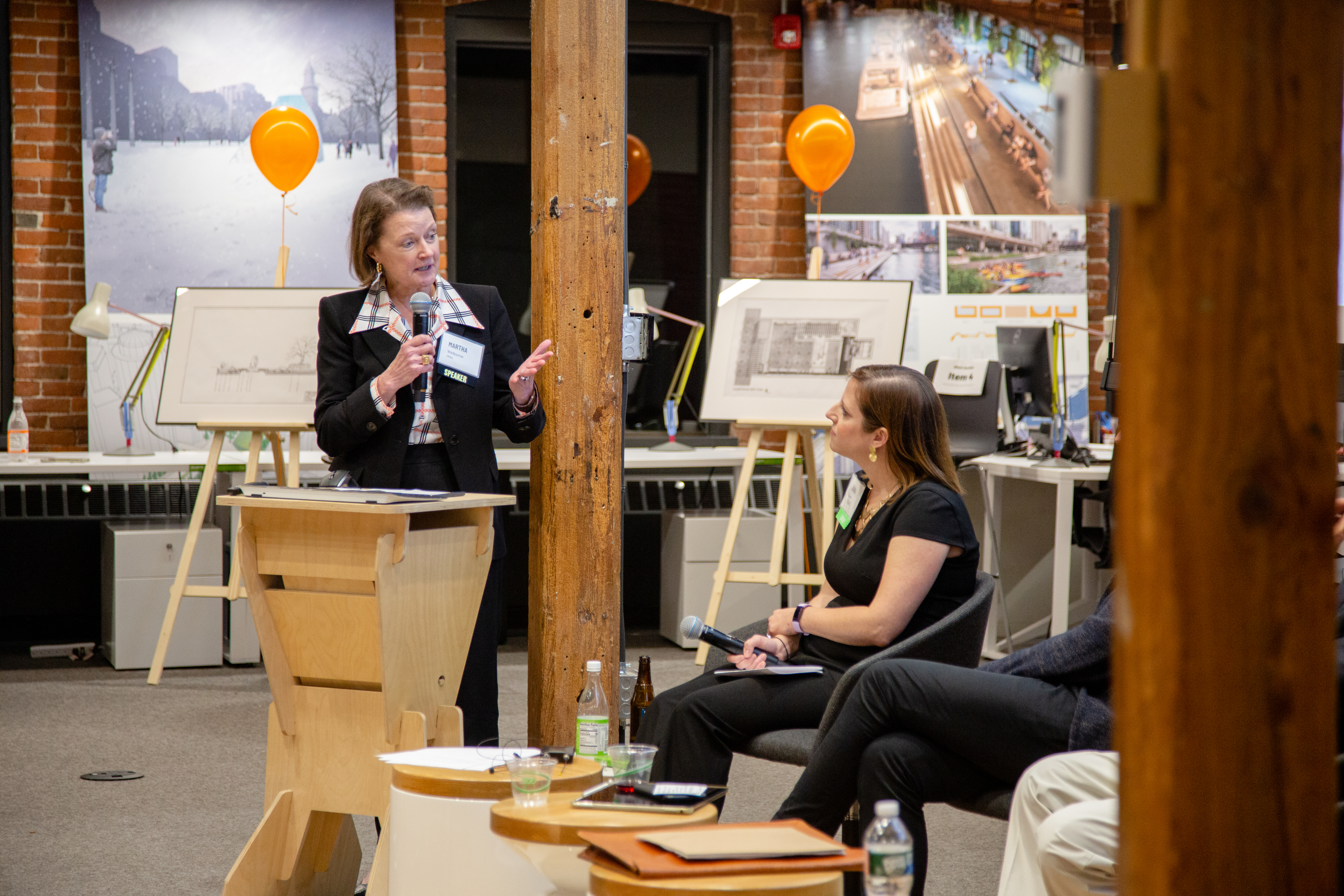
Martha Welborne, first female principal at Sasaki
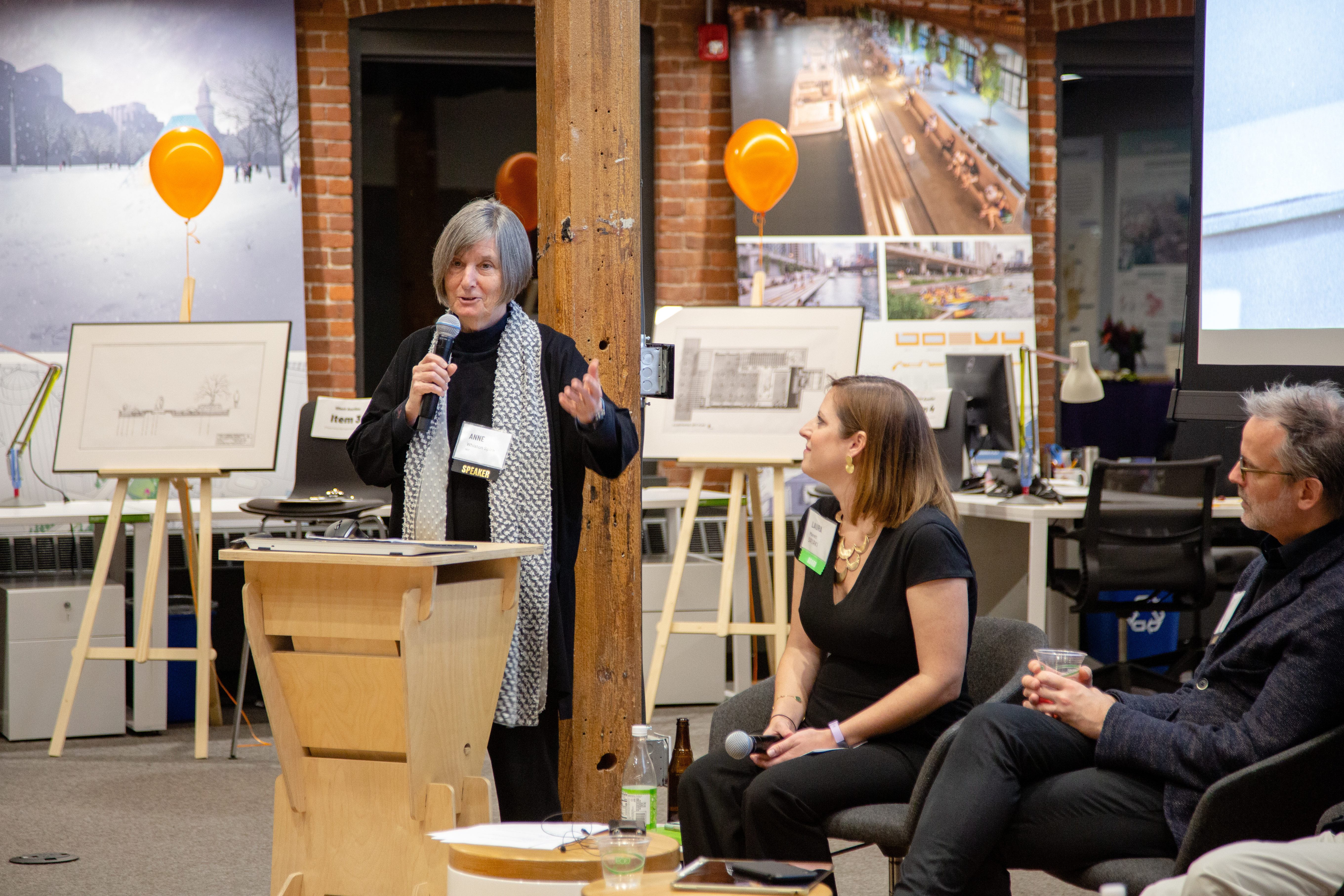
Anne Whiston Spirn, Cecil and Ida Green Distinguished Professor of Landscape Architecture and Planning at MIT
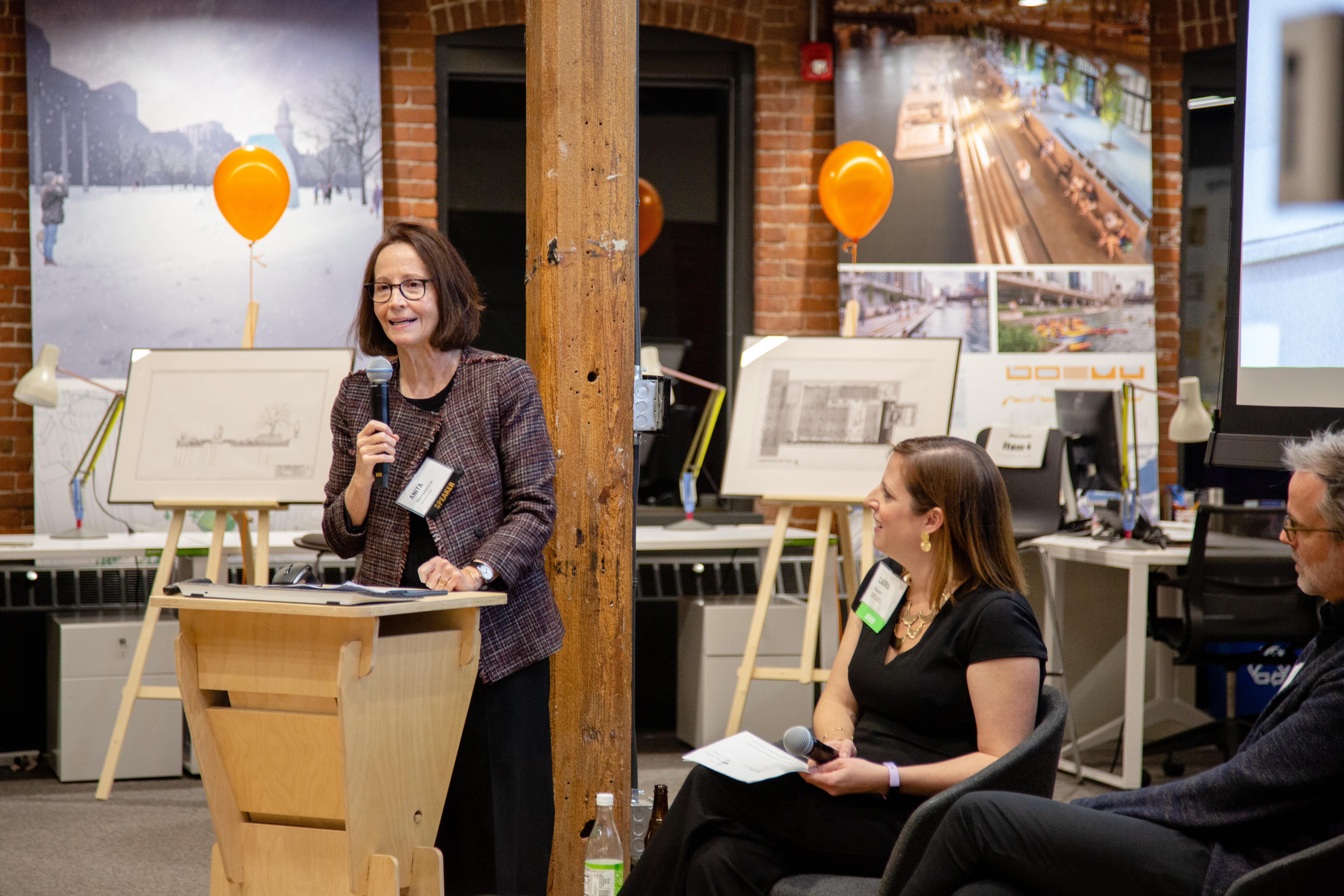
Anita Berrizbeitia, Chair of the Department of Landscape Architecture at the Harvard Graduate School of Design
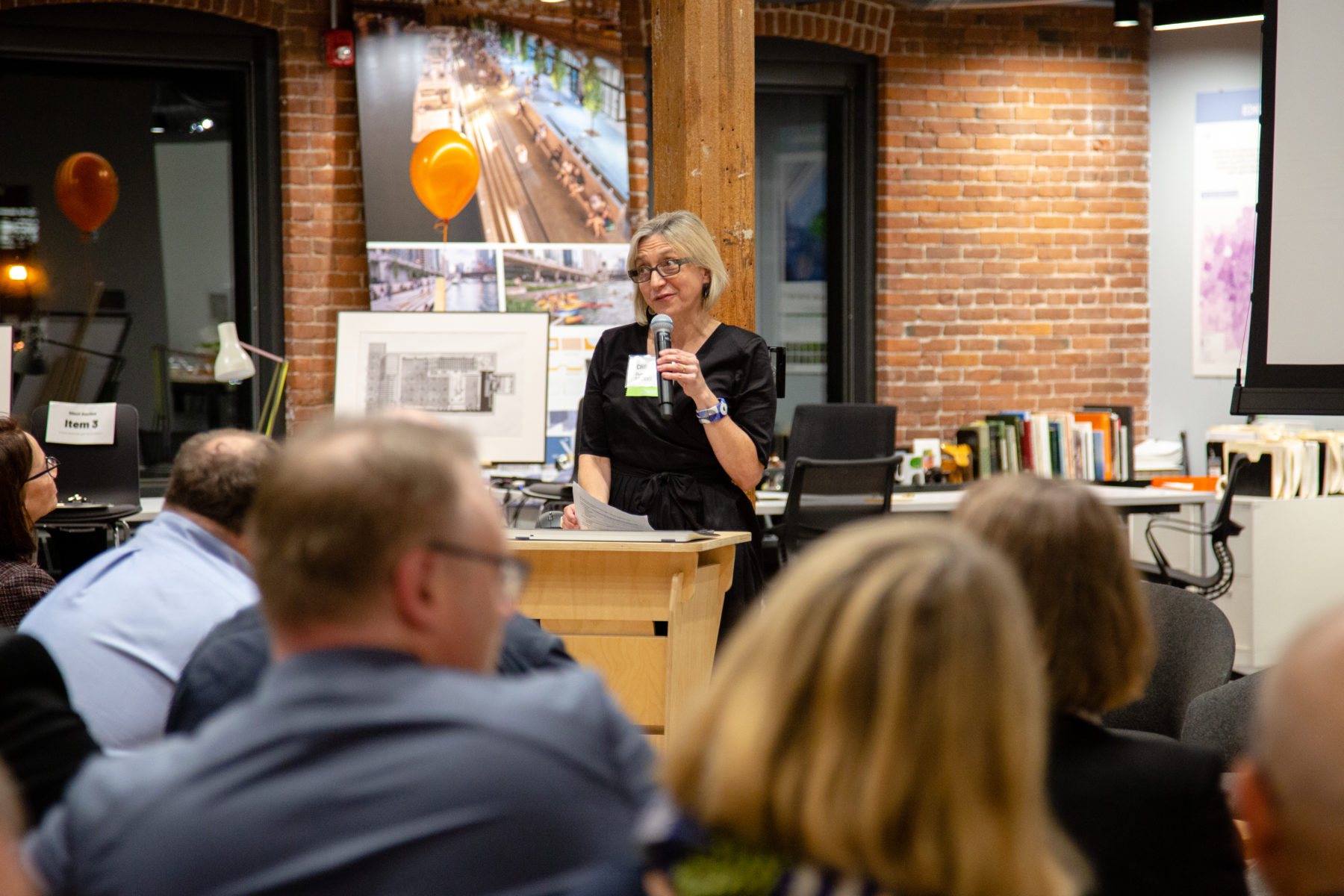
Christine Dunn, AIA, Sasaki principal and Vice Chair of the Sasaki Foundation